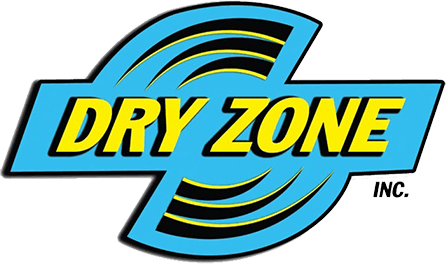Are you dealing with the aftermath of a flood on your property? Excessive rainfall and hurricanes are becoming more prevalent and leading to higher water levels. Water damage is a destructive force that can ruin buildings, furniture, and equipment.
Moisture can cause damage to anything no matter how well-made it is. If there is a lot of water, it can give mold the opportunity to grow, which can lead to health issues.
Understanding Structural Drying
Structural drying is a process that involves removing excess moisture from a building or structure until it is dry to a standard that is safe and suitable. This process is often used by professional flood damage restoration companies when a home has been flooded. The company will use various techniques to remove the water and any extra moisture that could become a hazard, such as mold growth.
To ensure a successful structural drying and dehumidification process, there are essential elements that should be considered. Following these key elements will ensure that your building is returned to its original, safe condition.
To take care of any extra moisture, it is best to utilize pumps specifically designed for this objective. These pumps can be used so efficiently that it is feasible to have carpets remain in place while still managing to extract all moisture from them. Not taking this step will make the process take longer and be less effective than if you used ventilation in addition to other methods.
- Evaporation
Once the standing water has been removed, the surfaces will remain quite moist. Powerful fans increase air circulation to expedite the drying process, thereby causing the moisture to evaporate more rapidly.
Specialized fans produce a powerful stream of air that can help quickly remove moisture from a room. These fans are more energy-efficient than regular fans, so they use less energy to operate.
- Dehumidification
The process starts by taking water in its solid form. Next, the moisture that is left in the air is turned into a vapor, which is sucked out of the environment. Finally, the vapor is extracted from the atmosphere.
Dehumidifiers take in air that is humid and cool it down. This process returns moisture from the air back into liquid form, which is then held in a tank for removal. Without this, excess water will be sucked up by other materials, which can lead to further issues.
- Temperature maintenance
When drying out a structure, it’s best to keep the air temperature consistent. Aim for a temperature between 70 and 90 degrees Fahrenheit for optimal efficiency. It’s important not to set the temperature too high, as this can strain the equipment. The higher the temperature, the faster the evaporation process will be.
Takeaway
Regardless of the climate and the time of year, if a building has been damaged by water, the process of restoring it is the same. The most important step is removing any excess moisture in the air, walls, floors, and furniture to prevent further damage. This can be done using dehumidifiers and fans and may take several days, depending on the environment.
Once all the moisture is removed, the affected areas can be repaired, and the building can be returned to its original condition. If too much natural debris, such as leaves and twigs, is not removed, it can cause significant problems. Unattended materials can become corroded, rusted, and decayed due to the adverse effects of the environment.
It is always better to hire a professional to do structural drying. Professionals have the experience and equipment to do the job quickly and efficiently. Without the right tools, it can be challenging to achieve the desired results.
Are you on the lookout for a water damage company in Naples? Turn to DryZone. We offer water removal, mold remediation, and fire damage cleanup. Book today.


